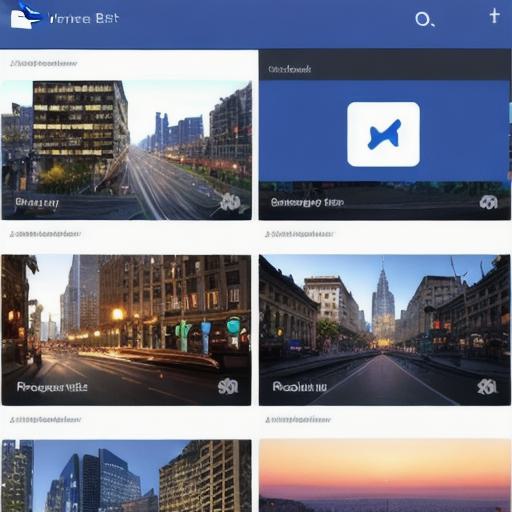frontend technologies for web development
Web development involves various technologies and tools that are constantly evolving. The frontend is a crucial aspect of web development that creates the user interface for websites or apps. In this article, we will explore some of the most popular and widely used frontend technologies for web development, and how to use them effectively to create engaging and responsive websites.
The three main building blocks of the web are HTML, CSS, and JavaScript. HTML is used to structure content, while CSS is used to style it. JavaScript adds interactivity and dynamic functionality. These technologies work seamlessly together to create beautiful, functional websites optimized for performance and user experience.
React is a popular JavaScript library developed by Facebook that builds reusable components for complex user interfaces. It’s known for its speed, efficiency, and ability to handle large amounts of data without slowing down the UI. Many large companies have adopted React as their primary frontend framework. One of the main advantages of React is its virtual DOM, which allows it to update the UI efficiently without having to actually modify the real DOM, resulting in faster rendering times.
Angular is another popular JavaScript framework developed by Google. It has powerful data binding capabilities that allow developers to manage complex data structures and update the UI in real-time. Angular also has a large community of developers and extensive tools and libraries, making it easy to get started with and use effectively. One of the main advantages of Angular is its two-way data binding, which allows changes made to the model to be automatically reflected in the UI without any additional code required.

Vue is a newer JavaScript framework developed by Evan You, a former Google employee. It’s known for its simplicity and ease of use, and can be used in combination with other frontend technologies like React and Angular. Vue also has a growing community of developers and many resources available online, making it an excellent choice for beginners or small teams. One of the main advantages of Vue is its lightweight nature, which allows it to be easily integrated into existing projects without slowing down performance.
Bootstrap is a popular CSS framework developed by Twitter that provides pre-built components and styles for creating responsive, mobile-first websites. It has a large community of developers and extensive resources online, making it easy to use effectively. One of the main advantages of Bootstrap is its grid system, which allows developers to easily create complex layouts without having to write any additional CSS code.
Sass is a CSS preprocessor that allows developers to write more efficient and reusable code with features like variables, nested rules, and functions. Many popular frontend frameworks, including React and Vue, use Sass as their primary styling language. One of the main advantages of Sass is its ability to separate concerns, which makes it easier to maintain large codebases and update styles without affecting other parts of the code.
Optimizing for performance is crucial for web development, especially the frontend. Key factors affecting website performance include image size, CSS and JavaScript file sizes, and server response times. Best practices like lazy loading images, minifying files, and using a content delivery network (CDN) can improve performance. It’s important to keep in mind that even with the latest technologies and tools, a slow or unresponsive website can still turn off users, so it’s essential to test your website regularly and make any necessary improvements to ensure optimal performance.
In conclusion, web development involves a variety of technologies and tools that are constantly evolving. The frontend is a crucial aspect of web development that creates the user interface for websites or apps. By using popular frontend technologies like React, Angular, Vue, Bootstrap, and Sass, developers can create engaging and responsive websites optimized for performance and user experience. It’s important to keep up with the latest trends in web development and continuously improve your skills and knowledge to stay ahead of the curve.
